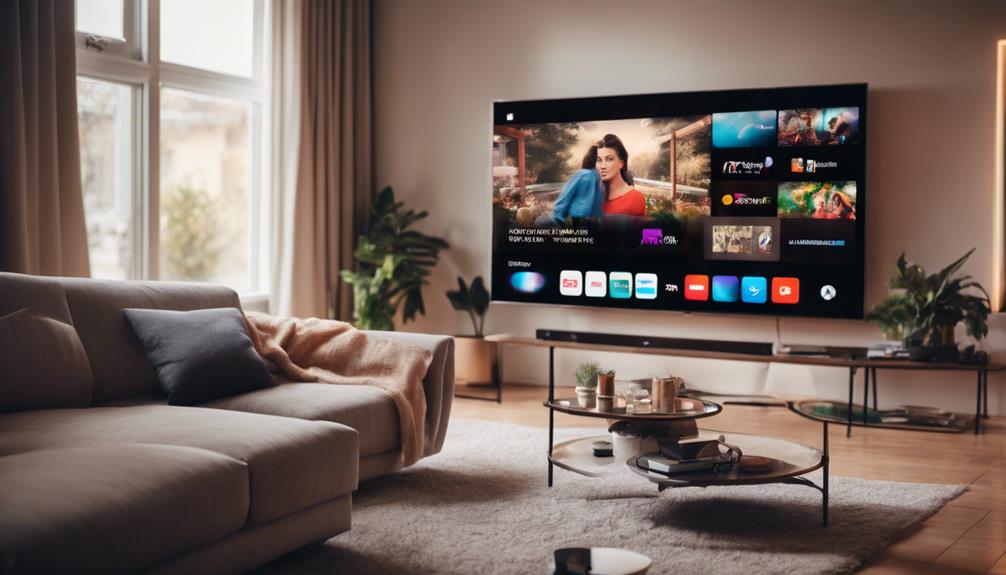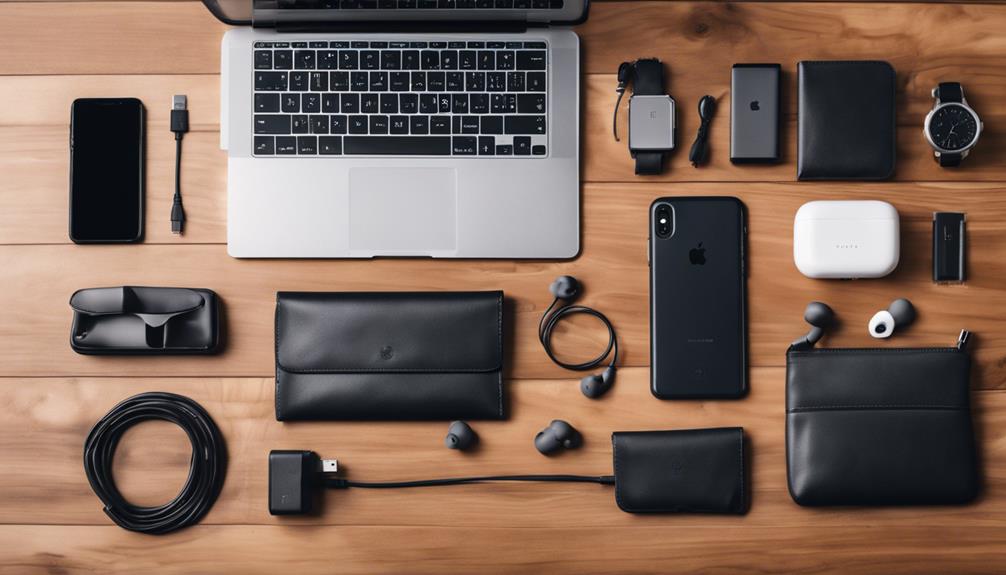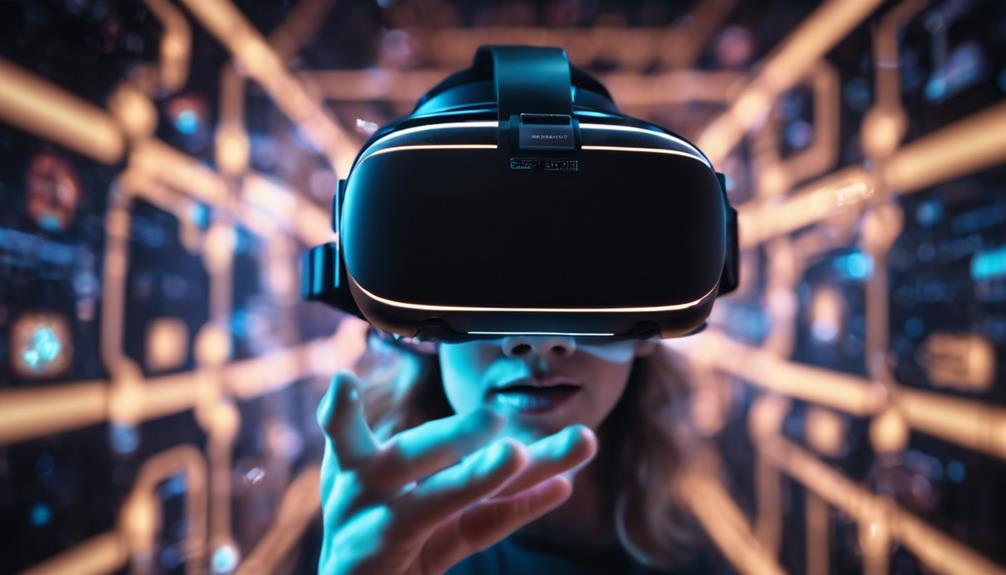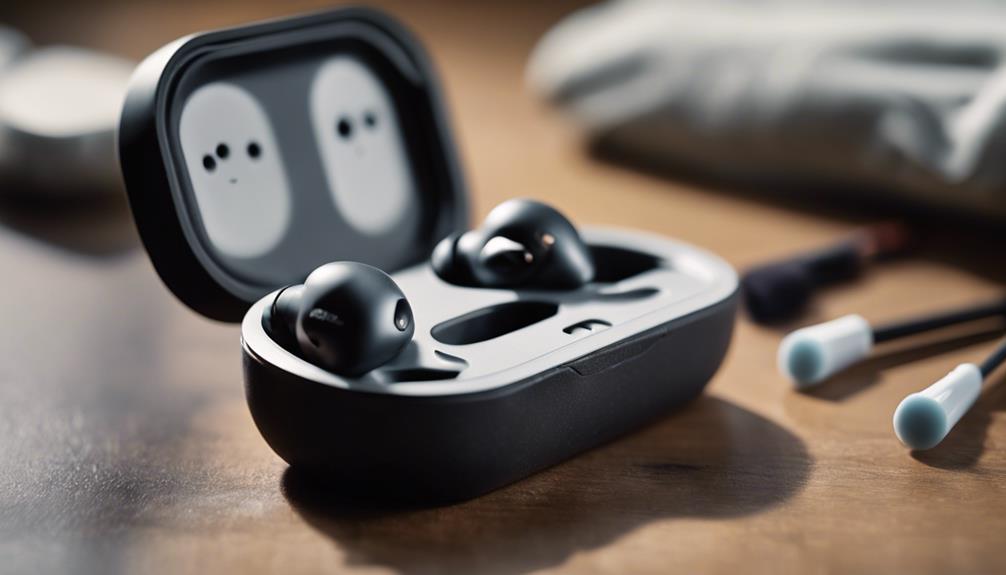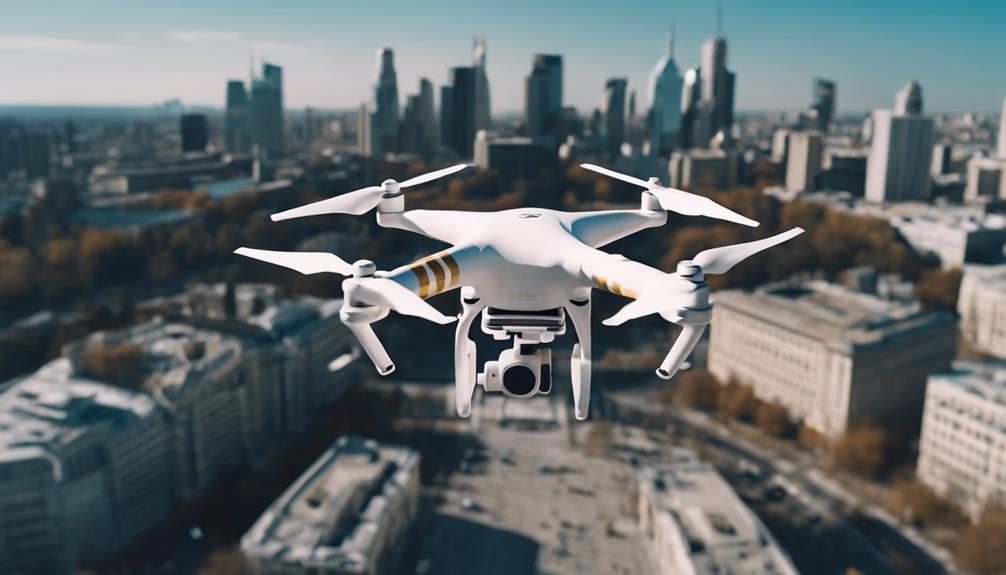
In an era where surveillance has become increasingly prevalent, the debate surrounding the visibility of security cameras often comes into focus. While the primary purpose of these devices is to enhance safety and deter criminal activity, their conspicuous placement can sometimes provoke privacy concerns or even inhibit their effectiveness. This article explores various methods and considerations for hiding security cameras, balancing the need for surveillance with the desire for discretion. By examining the advantages and potential drawbacks of concealed monitoring systems, we aim to provide readers with practical insights on how to implement effective security measures that respect personal privacy and blend seamlessly into their environments. Whether for residential, commercial, or public spaces, understanding the nuances of camera placement will ultimately empower property owners to make informed decisions about their security strategies.
Hiding Security Cameras for Enhanced Surveillance Effectiveness
Hiding security cameras is not just about aesthetics; it plays a crucial role in enhancing the effectiveness of surveillance systems. By concealing cameras, you can create a sense of unpredictability for potential intruders, making it harder for them to evade detection. Here are some creative ideas to consider:
- Indoor Plants: Use decorative potted plants or faux greenery to disguise cameras in living spaces.
- Everyday Objects: Integrating cameras into common household items, like smoke detectors or alarm clocks, can keep them hidden in plain sight.
- Furniture Integration: Embedding cameras within furniture, such as bookshelves or wall art, can effectively camouflage surveillance equipment.
Additionally, strategic placement is essential for maximizing coverage without compromising discretion. Employing a mix of visible and hidden cameras can deter criminals while allowing for thorough monitoring. Consider the following factors when positioning your cameras:
| Factor | Consideration |
|---|---|
| Field of View | Ensure coverage of entry points and high-risk areas. |
| Light Conditions | Position cameras where lighting is optimal, avoiding glare from windows. |
| Angle of Installation | Install cameras at angles that enhance visibility while concealing their presence. |
Best Locations for Discreet Camera Placement
When considering the best spots for discreet camera placement, it’s essential to blend functionality with stealth. Here are some ideal locations:
- Indoors: Position cameras inside decorative items like vases or picture frames to capture footage without drawing attention. Mantels, shelves, and high corners can serve as excellent discreet bases.
- Outdoors: Utilize natural elements by hiding cameras among bushes, trees, or even inside birdhouses. This not only camouflages the devices but also provides them with optimal coverage.
Another strategy involves using electronics and appliances in your home. Hidden cameras can easily be concealed within everyday objects. Consider the following placements:
| Item | Concealment Ideas |
|---|---|
| Smoke Detectors | Install a camera inside or next to a non-working unit. |
| USB Chargers | Use models that come with hidden cameras. |
| Clock Radios | Replace the internal mechanics but keep the look intact. |
Choosing the Right Camouflage for Your Security Cameras
When it comes to effectively concealing your security cameras, selecting the appropriate camouflage is essential. Different environments require specific approaches to blending in the camera’s appearance with its surroundings. Here are several factors to consider for optimal camouflage:
- Color Matching: Choose colors that reflect the natural hues found within the environment, such as greens and browns for outdoor settings.
- Textures: Integrate textures that harmonize with the surface where the camera is mounted; for example, applying a rough, bark-like finish on cameras situated near tree trunks.
- Shape Alteration: Use enclosures that mimic the form of natural elements or common objects like birdhouses, rocks, or plants to avoid detection.
Another critical aspect to consider is the placement of the cameras in relation to their camouflage strategy. The following table outlines effective strategies based on different environments:
| Environment | Camouflage Strategy |
|---|---|
| Urban | Disguise as architectural elements (e.g., pipes, vents) |
| Forest | Use natural colors and textures, hide among foliage |
| Residential | Incorporate into common household items like garden ornaments |
| Commercial | Align with branding or décor to make them less noticeable |
By taking these considerations into account, you can enhance the effectiveness of your surveillance system while maintaining discretion. In essence, the right camouflage not only secures your property but also preserves the dignity of the space around it.
Utilizing Interior Design to Conceal Cameras
Incorporating cameras into a space doesn’t have to mean sacrificing aesthetics or drawing unwanted attention. Creative interior design can seamlessly integrate security devices into the environment, making them nearly invisible. Here are some effective methods to consider:
- Disguised Objects: Choose decorative elements such as vases or clock radios that can house cameras without compromising their functional integrity.
- Furniture Integration: Utilize furniture with built-in camera compartments, like shelves or cabinets, ensuring they blend instead of stand out.
- Neutral Colors: Paint cameras to match surrounding walls or furniture to diminish their visibility.
Additionally, the strategic placement of cameras is essential for both aesthetics and functionality. Consider the following ideas:
| Placement Option | Reason |
|---|---|
| High Ceilings | Allows for a wider field of view while remaining out of direct sight. |
| Behind Mirrors | Creates a dual-function object that serves as décor and surveillance. |
| Under Furniture | Provides discreet monitoring while keeping the camera hidden. |
Legal Considerations When Hiding Security Cameras
When considering the placement of security cameras, it is essential to be aware of the legal implications that accompany their use, especially when it comes to hiding them. In many jurisdictions, the expectation of privacy is a significant factor in determining the legality of surveillance. For instance, it is generally acceptable to install cameras in public areas; however, monitoring private spaces, like bathrooms or bedrooms without consent, is illegal. Additionally, informing individuals that they are being recorded can also be a requirement under the law. These factors vary considerably by state or country, so it’s crucial to consult with local regulations to ensure compliance.
Furthermore, when concealing security cameras, transparency with employees, tenants, or visitors is advised. Having a clear policy outlining the purpose of the surveillance can help mitigate legal risks. Consider the following guidelines:
- Notify Individuals: Inform people that they are being recorded where you are legally required to do so.
- Limit Camera Use: Ensure cameras are positioned to monitor only intended areas.
- Store Footage Securely: Protect recorded material and limit access to avoid possible misuse.
To illustrate the compliance steps, refer to the following table summarizing common legal considerations:
| Consideration | Description |
|---|---|
| Expectation of Privacy | Be aware of areas where individuals expect privacy. |
| Consent | Obtain necessary consent if required by law. |
| Camera Positioning | Position cameras to minimize intrusion on personal areas. |
Maintaining Camera Functionality While Keeping them Hidden
Securing your premises often requires a careful balance between visibility and discretion. When opting to hide security cameras, it’s essential to choose locations that still allow for optimal functionality. Strategically placing cameras in areas with good coverage will enhance their effectiveness while ensuring they remain covert. Consider using fittings that blend into the environment, such as:
- Fake plants – Cameras can be concealed within potted plants or foliage.
- Decorative objects – Integrating cameras into items like clocks or picture frames can disguise their presence.
- Outdoor features – Hiding cameras within garden lights or birdhouses offers safety without sacrificing aesthetic.
Another vital aspect of maintaining functionality is ensuring cameras have a clear line of sight without obstructions. Avoid placing them in poorly lit areas, as this can hinder image quality. To keep track of your camera placement and ensure they meet the needs of your security system, consider the following options:
| Camera Location | Camouflage Method | Field of View |
|---|---|---|
| Front entrance | Wall planter | 90 degrees |
| Backyard | Garden light | 120 degrees |
| Living room | Picture frame | 75 degrees |
| Garage | Hanging ornaments | 60 degrees |
Q&A
Q&A: Understanding the Practice of Hiding Security Cameras
Q1: Why would someone want to hide security cameras?
A1: There are several reasons why individuals or businesses might choose to conceal their security cameras. Primarily, hidden cameras can deter criminal activity more effectively by capturing genuine behavior without the subject’s awareness. Additionally, hiding cameras can help maintain the aesthetic of a space or avoid creating an atmosphere of distrust, especially in personal or sensitive environments.
Q2: Are there legal implications to hiding security cameras?
A2: Yes, there are legal considerations that vary by jurisdiction. In many areas, it is legal to use hidden cameras in private spaces as long as there is a reasonable expectation of privacy and appropriate warnings. However, in public places or where individuals have an explicit expectation of privacy (e.g., bathrooms, changing rooms), hidden cameras can lead to legal issues. It’s crucial to familiarize yourself with local laws before installing such devices.
Q3: What are some common methods for hiding security cameras?
A3: Common methods for concealing security cameras include using decor items such as books, plants, or picture frames that can house a camera. Additionally, miniaturized cameras are available that can be disguised as everyday objects like smoke detectors, alarm clocks, or air purifiers. Creative placement, such as mounting cameras in high corners or using external housing that mimics the surroundings, is also effective.
Q4: What types of cameras are suitable for being hidden?
A4: There are specific types of cameras that are designed for low visibility, including pinhole cameras, cube cameras, and even smart cameras that blend in with everyday items. Additionally, wireless cameras with battery operation can offer more flexibility in placement, allowing them to be hidden in less obvious locations.
Q5: How can the effectiveness of hidden cameras be ensured?
A5: To maximize effectiveness, it’s essential to ensure that the camera has adequate resolution and positioning to capture clear images and video. Additionally, consider factors such as lighting, potential obstructions, and the camera’s field of view. Regular checks and maintenance are also important to ensure the cameras are operational and recording as expected.
Q6: Are there ethical concerns associated with hiding security cameras?
A6: Yes, ethical considerations should be taken into account when using hidden cameras. The invasion of privacy can be a significant concern, especially if individuals being monitored are not aware of the cameras. Ethical practices involve being transparent about surveillance in communal or shared spaces and using hidden cameras solely for legitimate security purposes.
Q7: What steps should be taken if someone discovers a hidden camera?
A7: If an individual discovers a hidden camera, they should assess the situation carefully. It’s advisable to document the discovery and consult legal authorities to understand their rights and options. Depending on the circumstances, it may be appropriate to contact law enforcement or legal counsel to report suspected unlawful surveillance.
Q8: Can hidden cameras be beneficial in homes or businesses?
A8: Yes, hidden cameras can be beneficial in both residential and commercial settings. They can enhance security measures by recording unauthorized access, monitoring employee activity, or safeguarding vulnerable areas. However, their use should always align with legal and ethical norms to ensure the protection of personal privacy.
The Conclusion
the decision to hide security cameras should be approached with careful consideration of both privacy and security implications. While concealing cameras can enhance the effectiveness of surveillance by deterring potential intruders, it’s crucial to balance this with the need to respect individual privacy rights.
When implementing concealed cameras, ensure compliance with local laws and regulations governing surveillance practices, including notifications about recording. Additionally, consider the technological options available, such as discreet designs and advanced features that can blend seamlessly into various environments.
Ultimately, the goal is to create a security system that provides peace of mind without compromising ethical standards. By being informed and thoughtful in your approach, you can maximize both the security benefits and the respect for personal privacy that are essential in today’s society.
